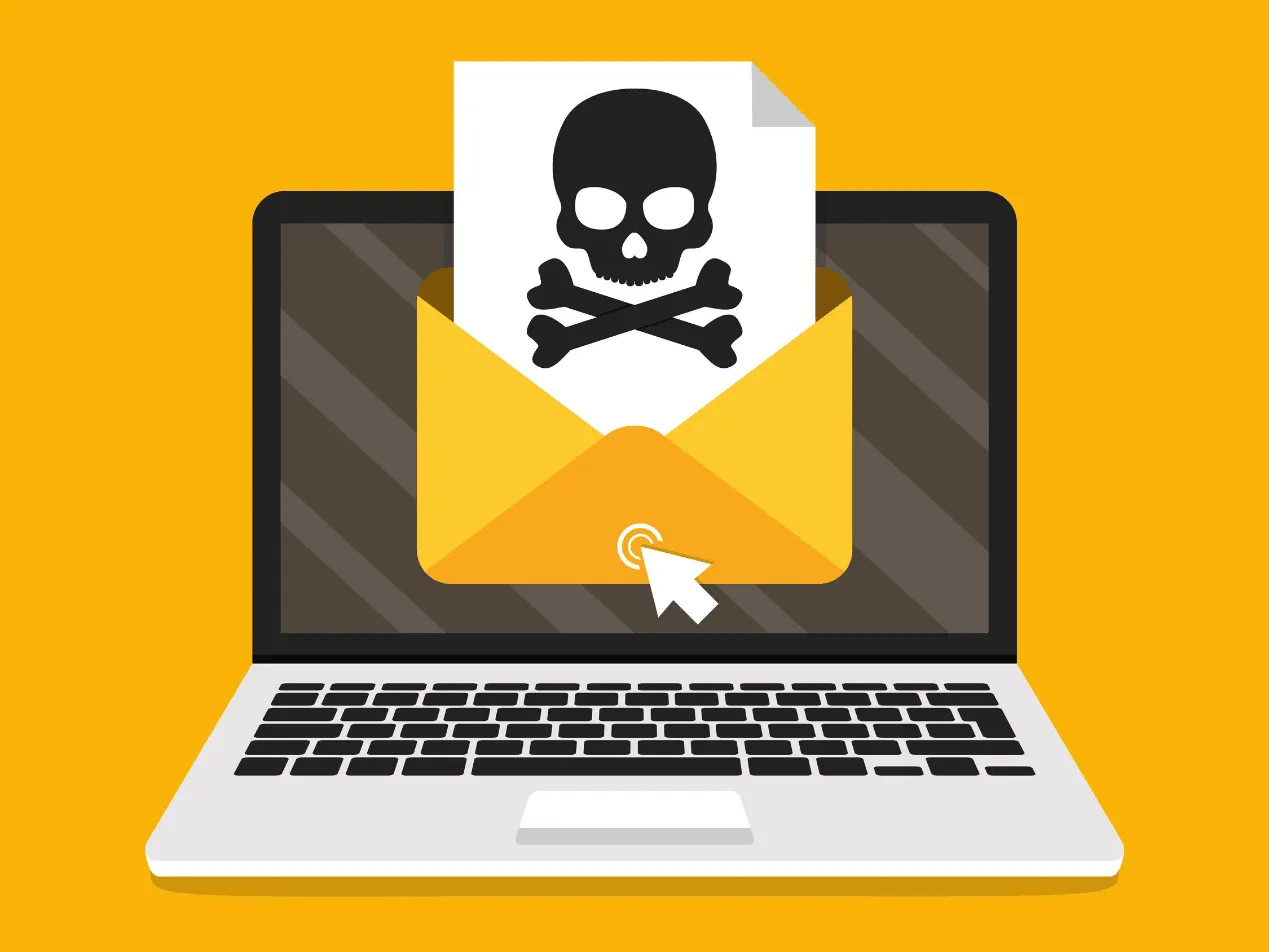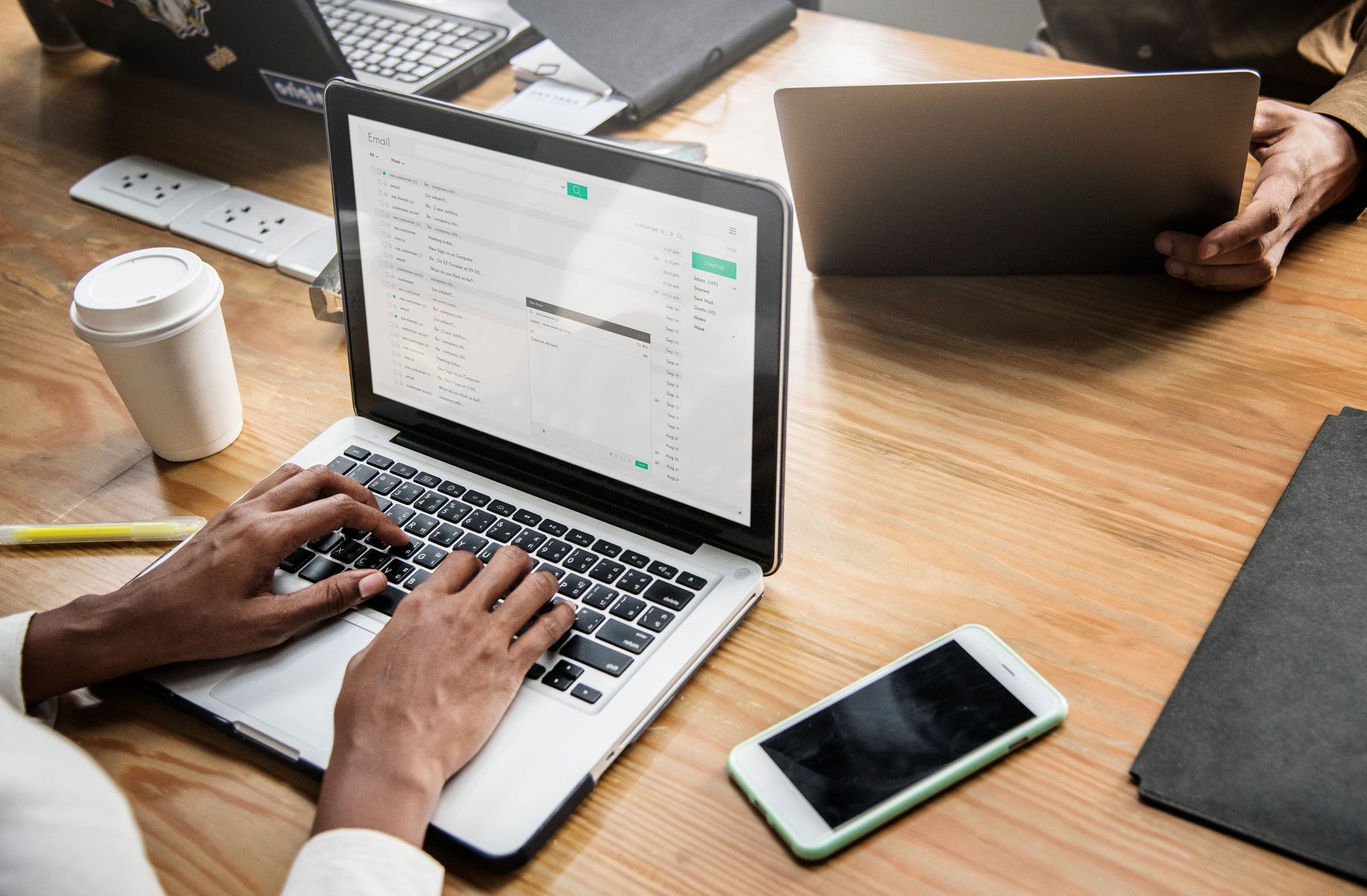Phishing attacks continue to pose a significant threat in the digital world. These deceptive attempts aim to trick individuals into revealing sensitive information or downloading malicious software through fraudulent emails. To combat this ever-present danger, utilizing an email checker for phishing is crucial. In this comprehensive guide, we will explore the importance of an email checker for phishing, discuss its benefits, provide expert insights, and recommend top-notch tools to help you stay protected against phishing attacks.
Understanding Phishing Attacks

Phishing attacks involve cybercriminals posing as trustworthy entities to deceive recipients into taking actions that compromise their security. These attacks typically occur through fraudulent emails that appear legitimate, enticing recipients to click on malicious links, provide personal information, or open infected attachments. Phishing attacks can lead to identity theft, financial loss, or unauthorized access to sensitive data.
The Significance of an Email Checker for Phishing
An email checker for phishing plays a crucial role in protecting individuals and organizations from falling victim to phishing attacks. Here are the key reasons why using an email checker for phishing is essential:
1. Identifying Phishing Emails
An email checker for phishing utilizes sophisticated algorithms and databases to analyze incoming emails for signs of phishing. It helps detect suspicious patterns, malicious URLs, or content that may indicate a phishing attempt. By flagging and alerting users about potential phishing emails, an email checker provides an additional layer of defense against cyber threats.
2. Enhancing Security Awareness
By utilizing an email checker for phishing, individuals and organizations can become more aware of the tactics used by cybercriminals. These tools educate users about the common characteristics of phishing emails, such as spelling mistakes, suspicious URLs, or requests for sensitive information. Increased security awareness empowers individuals to recognize and avoid phishing attempts, reducing the likelihood of falling victim to these attacks.
3. Safeguarding Personal and Financial Information
Phishing attacks often aim to trick recipients into revealing personal or financial information, which can lead to identity theft or financial loss. An email checker for phishing helps identify emails that request sensitive data, allowing users to exercise caution and avoid sharing such information with potential attackers. By safeguarding personal and financial information, individuals can protect themselves from the severe consequences of phishing attacks.
Recommended Email Checker for Phishing Tools

To fortify your defenses against phishing attacks, consider utilizing the following top-notch email checker for phishing tools:
1. CleanTalk
CleanTalk is a comprehensive email checker that includes a powerful anti-phishing feature. It analyzes incoming emails and identifies potential phishing attempts based on multiple factors, including email content, sender reputation, and URL reputation. CleanTalk's anti-phishing capabilities help users stay protected against fraudulent emails and phishing attacks.
2. EasyDMARC
EasyDMARC is an email security tool that offers advanced phishing protection. It provides real-time analysis of incoming emails and flags potential phishing attempts. EasyDMARC also helps users implement email authentication protocols like SPF, DKIM, and DMARC to further strengthen email security and protect against phishing attacks.
3. Google Workspace (formerly G Suite)
Google Workspace offers built-in email security features that help detect and prevent phishing attacks. It utilizes machine learning algorithms to analyze incoming emails and identify suspicious content or links. Google Workspace's robust security measures provide an additional layer of defense against phishing attempts.
Best Practices to Prevent Phishing Attacks
In addition to using an email checker for phishing, it's essential to follow best practices to prevent phishing attacks. Here are some key measures to consider:
1. Be Wary of Suspicious Emails
Exercise caution when receiving emails from unknown senders or emails that appear suspicious. Look out for spelling mistakes, grammatical errors, generic greetings, or urgent requests for personal or financial information. When in doubt, contact the alleged sender through a trusted channel to verify the legitimacy of the email.
2. Verify URLs Before Clicking
Hover over links in emails to reveal the actual URL before clicking on them. Ensure that the URL matches the expected destination and does not redirect to a suspicious or unfamiliar website. Avoid clicking on links in unsolicited emails or those that seem suspicious.
3. Keep Software and Security Measures Updated
Regularly update your operating system, web browsers, and security software to ensure you have the latest security patches and defenses against phishing attacks. Enable automatic updates whenever possible to stay protected against emerging threats.
4. Educate and Train Employees
For organizations, conducting regular security awareness training sessions and educating employees about phishing threats and best practices is crucial. Teach employees how to identify phishing attempts, report suspicious emails, and follow security protocols to minimize the risk of successful attacks.
Conclusion
Phishing attacks continue to pose a significant threat in today's digital landscape. By utilizing an email checker for phishing, individuals and organizations can enhance their security posture, identify potential threats, and stay protected against fraudulent emails. Along with employing robust security tools, following best practices and increasing security awareness are vital in preventing phishing attacks and safeguarding sensitive information.



